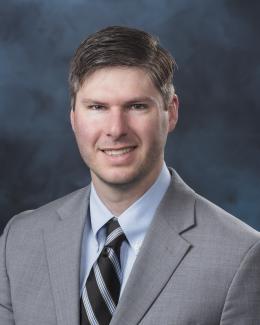Abstract
The dispersal of nuclear fuel through a cladding rupture opening during a transient event is the primary safety concern preventing the United States nuclear industry from extending burnup beyond a peak rod average burnup of 62 GWd/tU. The majority of research thus far has prioritized understanding, or at a minimum prioritized quantifying, fuel fragmentation and pulverization as a function of burnup and to a lesser extent onset temperature. Early high burnup loss-of-coolant accident tests performed at the Halden Boiling Water Reactor evaluated the impact of relocation on cladding temperature, whereas historical and recent cladding burst tests focused primarily on generating data related to cladding balloon and burst timing. However, very little effort has been put forth to develop a relationship for determining the rupture opening dimensions for Zircaloy cladding tubes bursting during a simulated light water reactor loss-of-coolant accident. This is significant because high burnup loss-of-coolant accident data suggest dispersal could be limited by the size of the rupture opening or rupture dimensions, thereby minimizing the safety concern. Therefore, the purpose of this research is to build a database composed of all simulated loss-of-coolant accident data to develop an empirical model that conservatively captures the rupture opening dimensions and translates those dimensions to rupture area. Analysis of the experimental data indicates the rupture dimensions are strongly correlated to the peak balloon strain. This relationship is leveraged to develop a rupture length empirical correlation as a function of peak balloon strain and a rupture width empirical correlation as a function of rupture length. Outliers in the experimental data are identified and discussed. Finally, the rupture opening empirical model is presented in such a way for general implementation into high fidelity fuel performance codes or fuel performance codes used for safety analyses.


